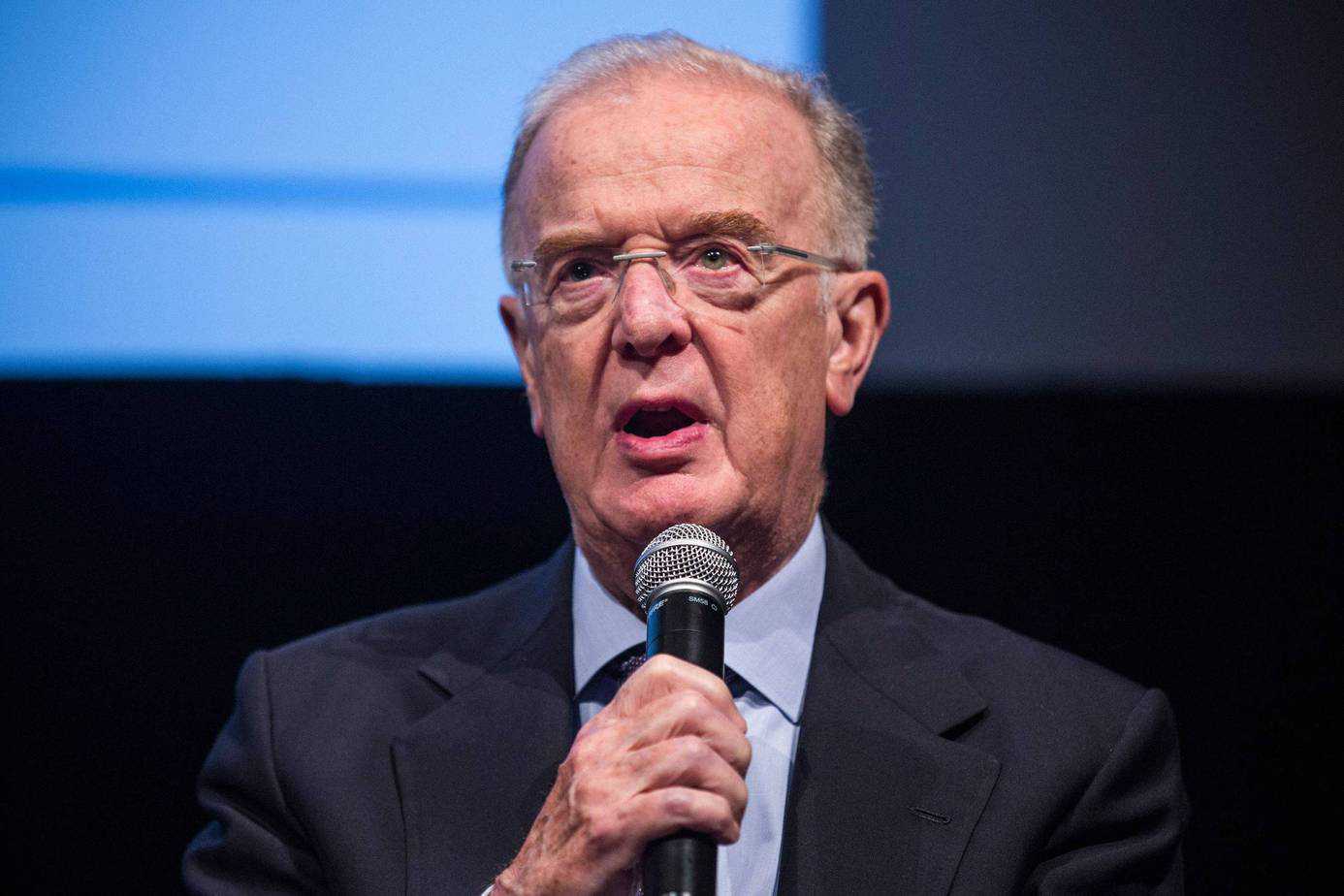The former president of Portugal Jorge Sampaio died this Friday morning (10), aged 81, in Lisbon. The head of state, who governed the country from 1996 to 2006, had been hospitalized since August 27 with respiratory failure.
Former leader of the Socialist Party and an important name in Portuguese redemocratization after the Carnation Revolution (1974), Sampaio had been dedicating himself, in recent years, to supporting and welcoming refugees. In 2013, it created the Global Platform for Assistance to Syrian Students, which granted scholarships and support in the relocation of these young people in Portugal.
The day before he was hospitalized, he signed an article in Público newspaper in which he expressed concern about the fate of young Afghans with the return of the Taliban to power.
In the text, he stated that he had “prepared an emergency program of scholarships and academic opportunities for young people in the country”. From the beginning of his political life, Sampaio gained a reputation for being open to dialogue.
After the announcement of his death, there were several expressions of grief among politicians of all spectrums, many extolling precisely the ability to build consensus. The current president of Portugal, Marcelo Rebelo de Sousa, made a statement on television in which he highlighted the characteristic: “Man of building bridges, a man of ideas”, he said.
Leader of the center-right PSD party, deputy Rui Rio highlighted Sampaio’s democratic spirit. “I keep it in my memory, I won’t say a friendship, but a close relationship with a lot of respect.
” “He was a man capable of building bridges and uniting what many thoughts was impossible,” said writer and politician Manuel Alegre, speaking to RTP. “He had a strategic vision of Portugal in the world. Not just a fighter for democracy, but a statesman as well.”
Born in Lisbon in 1939, Jorge Fernando Branco de Sampaio graduated in law in 1961 and was an important leader in the student movement against the dictatorship of António Salazar (1889-1970). He founded and participated in leftist organizations before joining the Socialist Party in 1978. The following year, he took his first term as deputy. In 1989, he was elected president of the Lisbon City Council —a position equivalent to that of mayor—, with the support of the Portuguese Communist Party, an unexpected alliance between subtitles that traditionally had little dialogue.
He reached the Presidency of the Republic in 1996 and was re-elected in 2001. The greatest tension point of his term was the determination of the dissolution of the Parliament The former president was on vacation with his family in the Algarve, in southern Portugal, when he felt unwell. Sampaio had a history of heart problems and had already undergone heart surgery.
and the call for new elections. The mechanism, nicknamed the “atomic bomb” in the political scene, was used in 2004. “I don’t regret anything I did. In some cases, I would do exactly the same, but I think it’s legitimate for people to question whether I did good or bad”, said Sampaio, at a conference in Belém, in 2017. After leaving the Presidency, he also worked for the United Nations, as a special envoy for the fight against tuberculosis, and, later, he was the entity’s high representative for the Alliance of Civilizations, an organization that seeks ways to encourage international cooperation against extremism.

